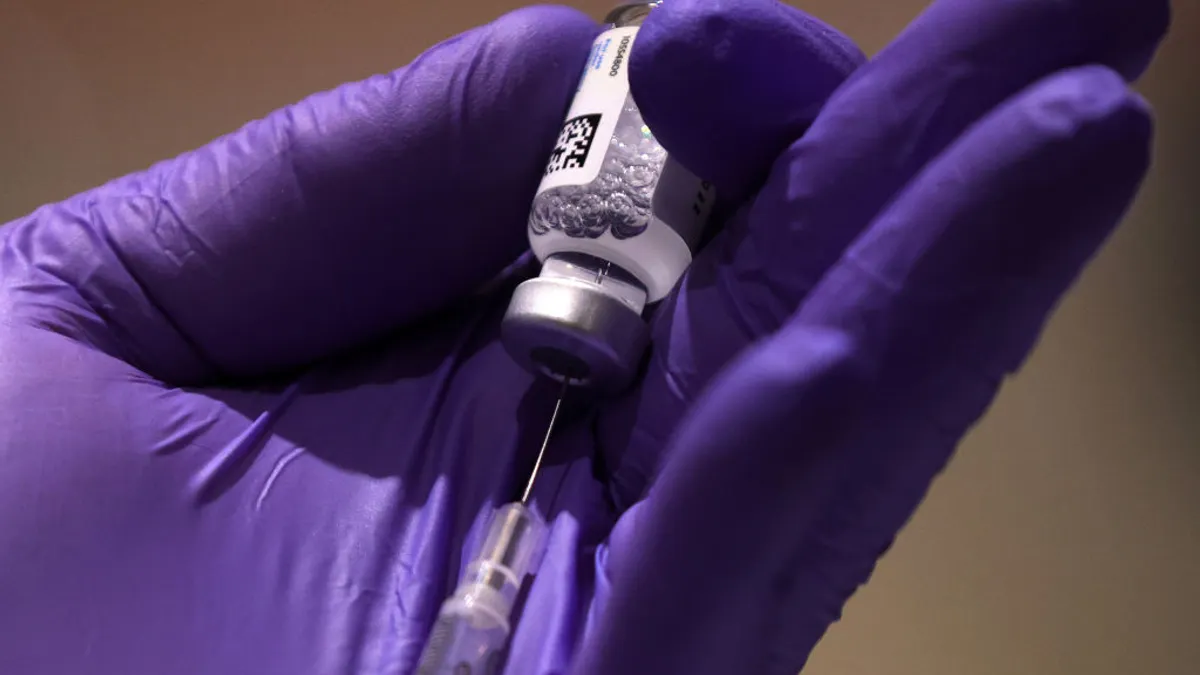John LaMattina is the former president of Pfizer R&D and the author of the newly published “Pharma & Profits: Balancing Innovation, Medicines, and Drug Prices” from Wiley. Views are the author’s own.
While the new legislation is called the Inflation Reduction Act (IRA) of 2022, in the future it will be better known as the law that gave Medicare, this country’s biggest buyer of prescription drugs, the authority to negotiate drug prices. That such an act was passed isn’t surprising. After all, the vast majority of Americans have wanted Congress to lower drug prices for years. The IRA does that by giving Medicare historic new powers to control drug costs.
Here are some specifics: The HHS Secretary, who runs Medicare, will be able to negotiate prices for some of the most expensive drugs covered under Medicare Part B (large molecule, non-orally administered drugs) and Medicare Part D (small molecule drugs that are pills). The program will be phased in over four years, beginning in 2023, when HHS will negotiate the price of 10 Part D drugs to take effect in 2026. In 2024, HHS will negotiate the price of 15 Part D drugs (taking effect in 2027) followed by another 15 Part B or Part D drugs in 2025 (taking effect in 2028). Finally, in 2026, HHS will negotiate the price of 20 drugs annually with the prices taking effect three years hence.
Drugs are excluded from price negotiations until they have been on the market for a certain period. Small molecule drugs are free from negotiation until nine years after FDA approval. For biological products, negotiations cannot occur until 13 years post-approval. While estimates have varied, it is believed that in the first 10 years of operation, these price controls will reduce federal spending on drugs by $456 billion.
Sounds good, but...
For the most part, the negative impact of these changes has been understated by avid supporters of the IRA. First of all, there’s no doubt that the loss of these revenues will lead to a decrease in the amount of R&D pursued by the biopharmaceutical industry. This industry invests 25% of its revenues, far more than any other, directly into its research operations. The loss of $456 billion in sales translates to $115 billion less that would normally be invested in R&D.
To put this number into perspective, companies like Pfizer and Merck invest $12 billion to $14 billion in R&D annually. Meanwhile, the National Institutes of Health has a budget of $43 billion for this fiscal year.
While not crippling, $115 billion even spread over a decade is a significant amount of money for biopharma to absorb, and the industry will do so by cutting back jobs in R&D as well as scaling back research programs. Given the tremendous new opportunities currently available, we should be growing R&D efforts, not curtailing them. There will still be innovation in biopharma but shamefully less of it as a result of fewer dollars available for investing in R&D.
How the IRA will drive up costs
But an even bigger impact of the IRA on biopharma R&D will come as a result of the disparate treatment of Part D and Part B drugs. As stated above, negotiations for small molecule drugs can start after nine years of marketing, compared to 13 years for biological drugs. That difference will dampen the enthusiasm that companies will have for programs that are intended to produce drugs that are pills. If you are managing a large portfolio of drug discovery programs, you are more likely to favor those programs that will have longer lifetimes before HHS arrives to dictate the price. So the programs that will deliver biological drugs will take precedence. The inanity of this is that small molecule drugs are delivered orally and do not require administration in a healthcare setting. The latter results in thousands of dollars in additional expenses. Beyond the need for specialized administration, biological drugs are already intrinsically more expensive than pills due to the costly nature of their manufacture. By pushing companies more toward this class of drugs, we will ultimately drive up this country’s drug bill.
This difference will also impact investment decisions made by venture capitalists — an important part of the biopharma ecosystem. Their investments in early-stage companies are a key factor in the early financial support of startup biotech companies. Given the edge that the IRA provides for biological drugs, it is entirely likely that it will also bias investment portfolios toward large molecule drugs, further resulting in a de-emphasis of small molecule R&D.
Can anything be done about this?
With that door opened, the government is now in the business of setting drug prices. That is not going to change. However, it would be beneficial for the IRA to be amended so that both Part B and Part D drugs have 13 years of marketing before negotiations can take place. Such a change would restore the balance of the types of drugs that will be produced by biopharma.
The IRA is here to stay and it will impact both the quantity of new drug research that will be performed as well as the type of research done, despite the bounty of opportunities that the biopharma industry now has. That is a shame.



















